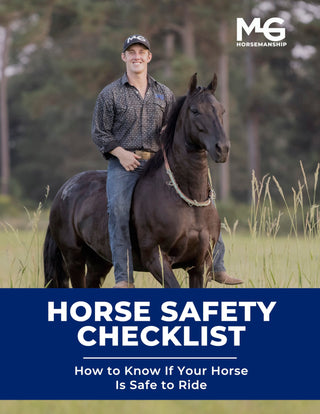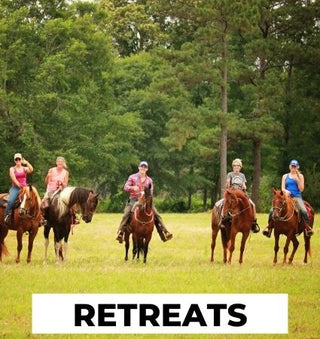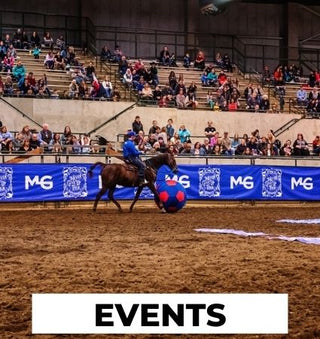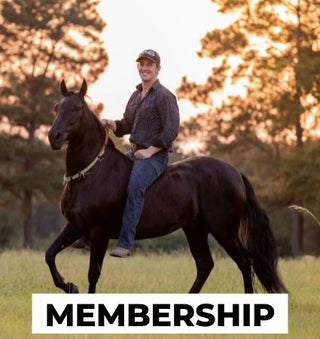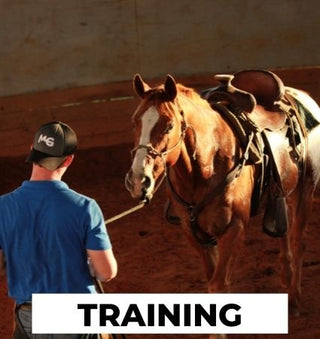Today, we're diving into a topic I've been asked about a lot—spurs!
Watch The Video Here Or Continue Reading Below!
Mastering the Art of Spurs in Horsemanship
Hey, everyone! It's Michael Gascon here, The Horse Guru. Let's talk about spurs; why, when, and how do you use them? In this blog, I want to share my perspective on the responsible and effective use of spurs in horsemanship.
Spurs: Precision Tools for Training
Not for Forward Impulsion
Let's get one thing clear from the start: I never use spurs to push a horse forward. It just doesn't make sense to me to squeeze the middle of a horse to make them go faster. For forward movement, I prefer using a dressage whip or crop. This allows me to guide the horse from behind and encourage them to move naturally.
Finishing Touches
Spurs are best used in the later stages of a horse's training, particularly when we're talking about dressage and reining. These disciplines require precise movements from the horse, and spurs can help fine-tune their performance.
When and How to Introduce Spurs
Preparing Your Horse
Before even thinking about introducing spurs, your horse needs to be well-trained and responsive to your legs and seat. They should understand basic cues and be comfortable with your touch.
Adding Spurs for Fine-Tuning
When I'm finishing up a horse, particularly for Bridleless work, that's when I start using spurs. The goal is to make the horse listen to my legs 100% of the time, not just rely on the bridle.
Choosing the Right Spurs
Size and Shape Matter
I prefer using smaller spurs, around one inch. Larger spurs can limit your control and precision, which isn't what we want. Remember, spurs should be used sparingly and precisely, not as a constant source of pressure.
Effective Use of Spurs
The goal is to enhance communication with the horse, not enforce it. Your horse should be aware of the spurs and respond to your leg movements without fear.
Practical Tips for Using Spurs
Guiding Your Horse
Spurs can help guide your horse through different movements. By pointing your toe down and applying the spur lightly, you can direct your horse without much pressure.
Teaching Responsiveness
As your horse becomes more refined, they should respond to your leg and seat movements without relying solely on the reins. This takes time and careful training.
Conclusion
To sum up, spurs can be a valuable tool for fine-tuning your horse's movements and achieving a higher level of control. Use them with care and respect for your horse. Follow these guidelines, and you'll improve your horsemanship skills while building a strong partnership with your horse.
Thanks for tuning in! I hope you found this guide helpful. Let me know your thoughts, and as always, happy riding! See you in the next blog!
Check out more free training resources HERE!


